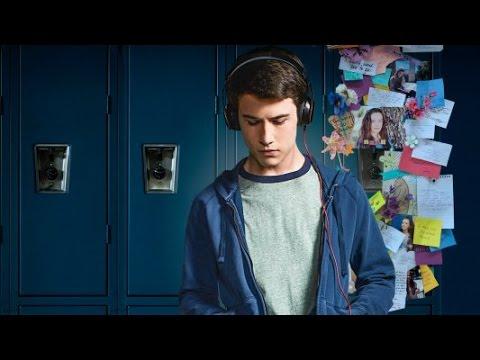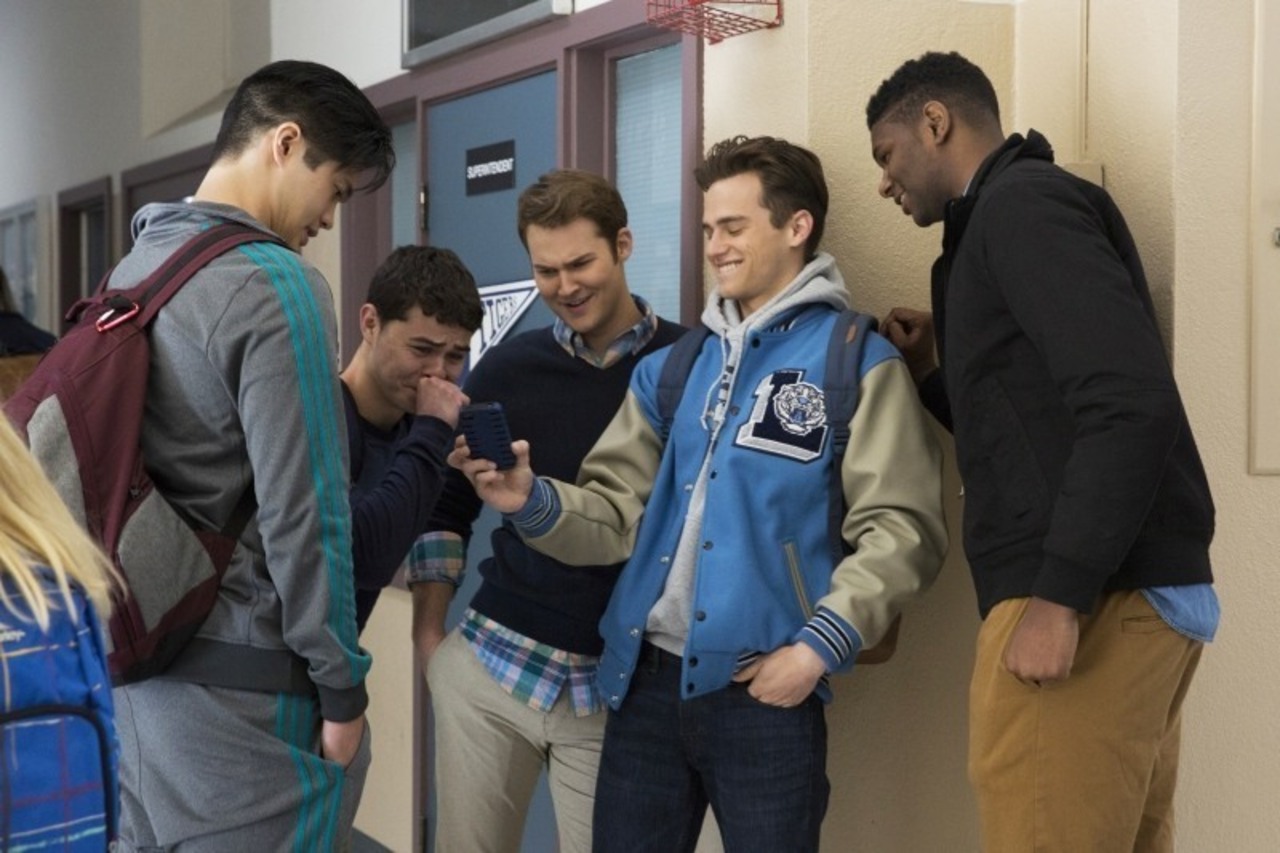The new Netflix series, “13 Reasons Why,” based on a popular young adult novel by Jay Asher with the same title, has created a lot of controversy. Some critics have deemed the show inappropriate for teens. While it is true that the show can be triggering for some viewers, I believe that it provides a powerful insight into a possible scenario of what might cause a teenager to die by suicide and can serve to help facilitate important conversation topics.
Warning: Spoilers ahead
The show opens to reveal that Hannah Baker, a high school student, has died by suicide. The episode shows different students’ reactions to this event. While some people are taking selfies in front of her locker and putting them up on Instagram, others do not wish to talk about what happened. One of the students asks the teacher to stop bringing up Hannah’s death and a number of other students agree, stating that they do not like to talk about it.
Aside from Hannah’s grief stricken parents, the person who seems to be struggling the most with her death is her friend, Clay Jensen. Clay is having flashbacks of the time he spent with Hannah, clearly struggling when seeing her empty seat in the classroom. He remembers the times they have spent together, and avoids talking about her with his classmates or parents.
When Clay receives a set of 7 cassette tapes in the mail, he is surprised to find out that the tapes are from Hannah, recording a total of 13 sides (or reasons) why she died.

On Tape 1 Side A, Hannah tells the story of her first kiss with a boy named Justin Foley, whom she met at a party. Hannah recaps how the two made a date to meet in an empty park, goofing around on the park slides. Justin took a picture of her sliding, her skirt lifting, and then kissed her, her very first kiss.
However, the next day, when Justin shows the slide picture to his school friends, they automatically jump to a conclusion that the pair had sex. Justin does not deny their assumption.

The picture of Hannah on the slide quickly circulates around the school, making Justin the school hero, while Hannah is slut-shamed. Without necessarily understanding the implications of what he was doing, Clay jumps to the conclusion that the rumors are true and shames Hannah for not waiting before having sex with Justin.
The look on Hannah’s face in Clay’s flashback says it all – how heartbroken she feels, how alone. It seems as though Clay shaming her was worse than any others, perhaps because he was her friend, perhaps because he was a nice guy, and she expected that he would stand up for her.
The reason why this episode is so powerful is that it shows the ugly truth about some of the possible negative effects of bullying. Slut-shaming sadly still exists in many high schools and middle schools, and sharing of sexual images can drive an individual to consider suicide. Many of the teens I am working with have reported that similar scenarios of rumors and slut-shaming have happened to them or other students they knew. This episode provides for an opportunity for building empathy toward the targeted individuals with the hope that people who witness this form of harassment would be likely to not only stop passing other people’s private pictures (as Clay did) but to also support the target (something Clay failed to do).
The opposite of a hero is not a bully, it’s a bystander.
-Matt langdon
If you or anyone you know is considering suicide or having suicidal thoughts, call National Suicide Prevention Hotline, 1-800-273-TALK (8255), or text “START” to 741741.
Other resources:
For bullying survivors: www.stopbullying.gov
Sexual assault survivors: www.rainn.org
Dr. Janina Scarlet is a Licensed Clinical Psychologist, a scientist, and a full-time geek. Her book, “Superhero Therapy” released on December 1, 2016 in the U.K. and on August 1, 2017 in the U.S. If you would like to learn more about Superhero Therapy, contact Dr. Janina Scarlet Twitter, Facebook, or through her Psychology Today Blog.
